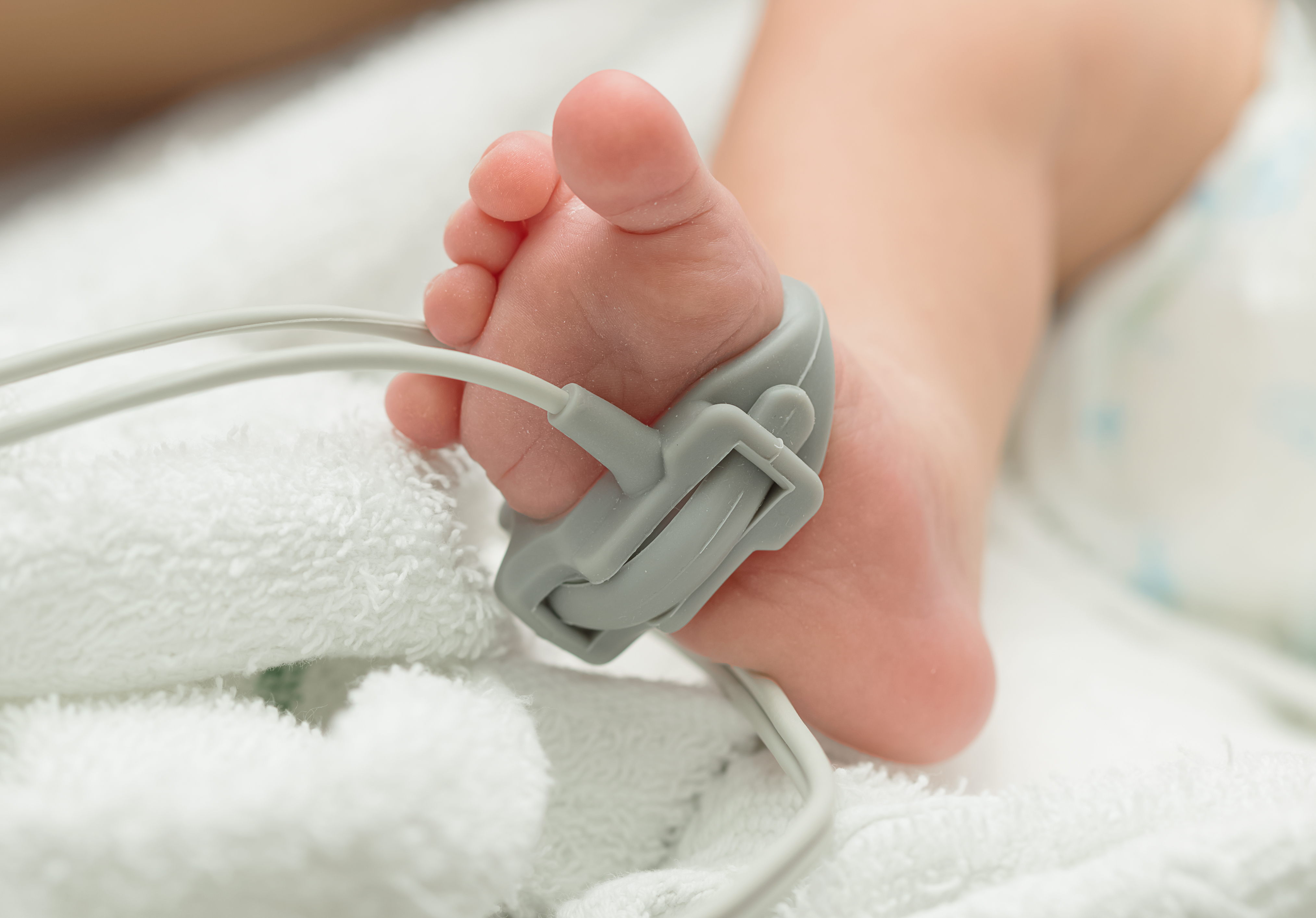不同类型的生物相容性测试
生物相容性是一个通用术语,用于描述材料与活体组织或活体系统相容的特性。对身体或体液无毒、无害或生理反应的材料被认为是生物相容性的,受到医疗器械工程师的广泛追捧。简而言之,生物相容性测试不是为了证明化学相容性;而是确认对材料或设备没有免疫反应。
在设计过程中选择合适的材料可以让制造商对 FDA 批准更有信心。生物反应性测试就是用于确定适用性和安全性的其中一种过程。有两种主要测试可以表明材料是否具有生物相容性。
USP VI 级生物相容性测试
历史上,标准是由美国制药协会 (USP) 制定的,该协会是一个非营利组织,专注于药物、医疗技术、食品成分和医疗器械中使用的材料。这些标准根据产品的具体用途和与患者的接触时间(短暂、长时间或永久)将材料分为六类。
它包括三种反应性评估,通常在小鼠或兔子体内进行以确保准确性。
急性全身毒性(全身注射)试验:测量化合物样本口服、涂在皮肤上和吸入时的毒性和刺激性。
皮内试验:当样品与活的皮下组织(具体来说,医疗器械要接触的组织)接触时,测量毒性和局部刺激。
植入测试:测量几天内将化合物植入测试动物体内的毒性、感染和刺激。
符合此标准的粘合剂和密封剂通常非常安全,可用于医疗设备。但是,通过 USP VI 级测试的材料并不能保证在每种应用中都具有生物相容性。这只是一种强有力的证明,即所用材料质量高且毒性低。
ISO 10993 生物相容性测试
为了规范全球医疗器械的生物学评估,国际标准化组织 (ISO) 制定了 ISO 10993,这是一套标准,概述了用于确定医疗器械生物学评估的材料类别、测试和测试方法。 生物相容性材料。
ISO 策略根据人体接触类型(表面设备、外部通信设备和植入设备)和接触时间(有限、长时间和永久)对医疗器械进行分类。对于每个由此产生的医疗器械类别,ISO 提供了一组建议的评估测试。典型的测试包括:
* ISO 10993-4 溶血
* ISO 10993-5 细胞毒性
* ISO 10993-6 植入 14 天
* ISO 10993-10 皮内:致敏和刺激
* ISO 10993-11 全身毒性
一般来说,粘合剂和密封剂不需要通过所有 ISO 测试。但是,预计它们会通过细胞毒性测试。作为一种快速、标准化、灵敏且廉价的测试,细胞毒性测试可以确定粘合剂是否对哺乳动物细胞产生任何不良影响。它涉及体外培养细胞并系统地将它们暴露于相关材料中,以查看几天内是否出现任何反应或毒性迹象。
总之,由于 ISO 体系将 USP 测试方法作为更大、更严格的战略的一部分,因此满足 ISO 标准比满足 USP VI 级标准代表着更高水平的生物相容性。


